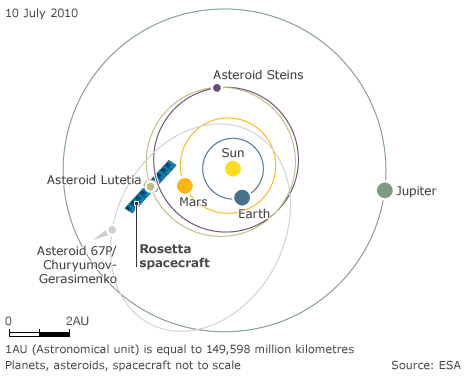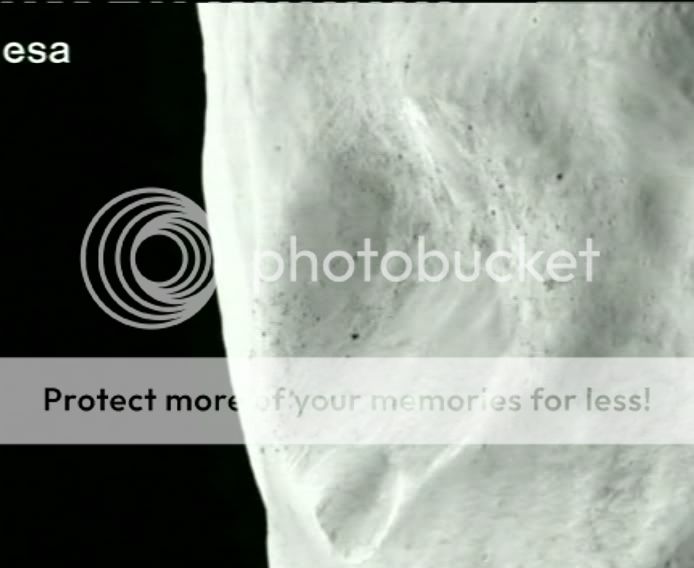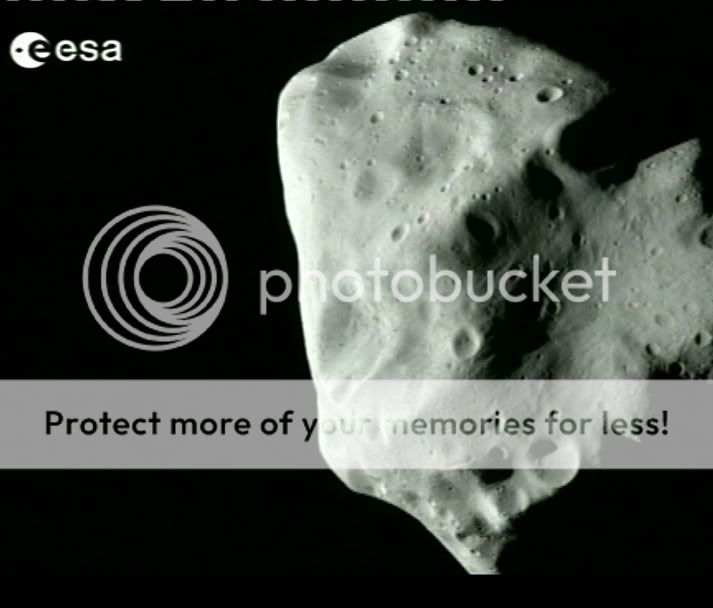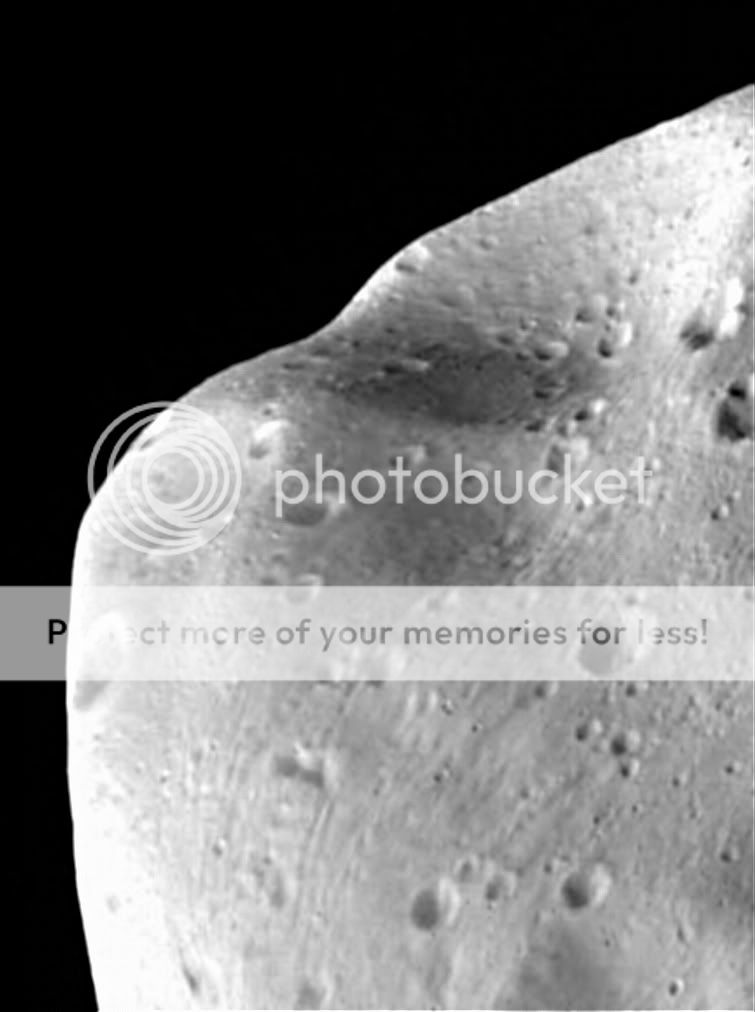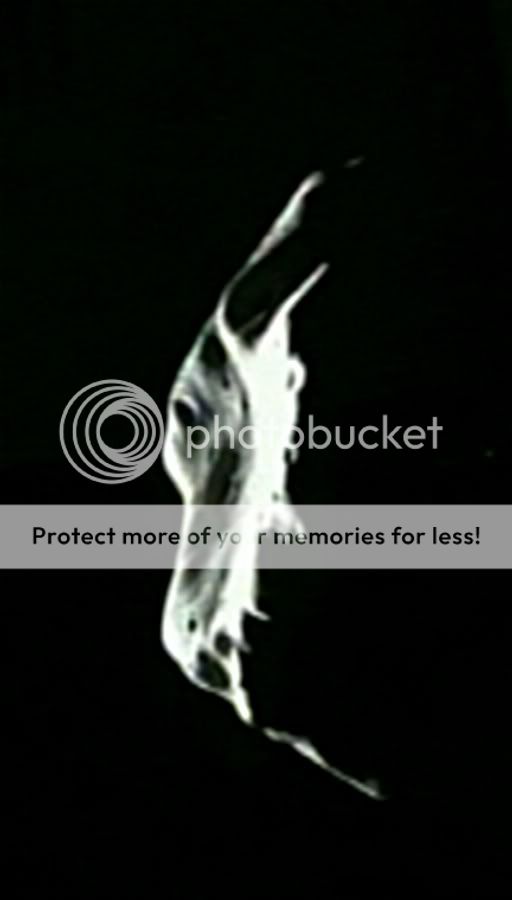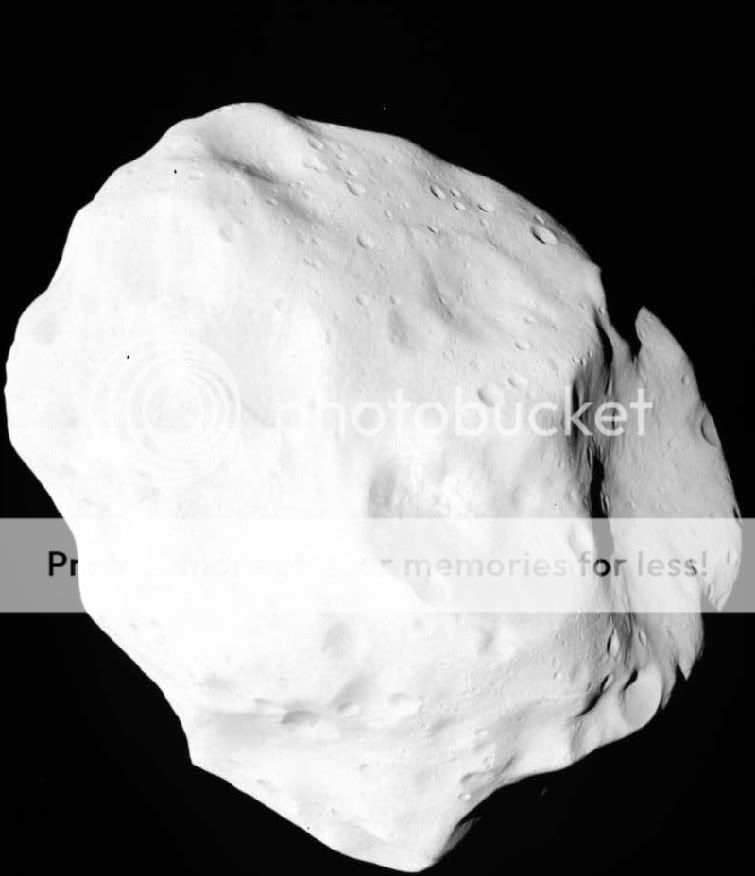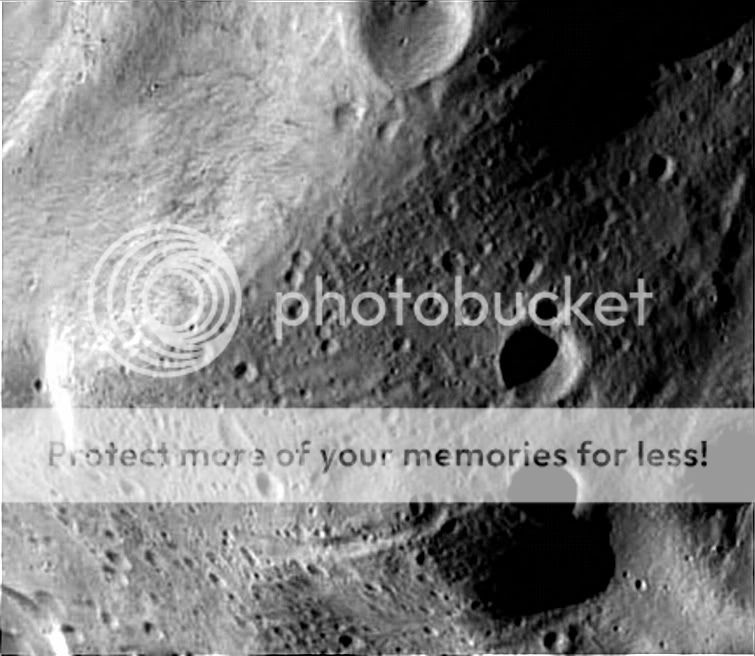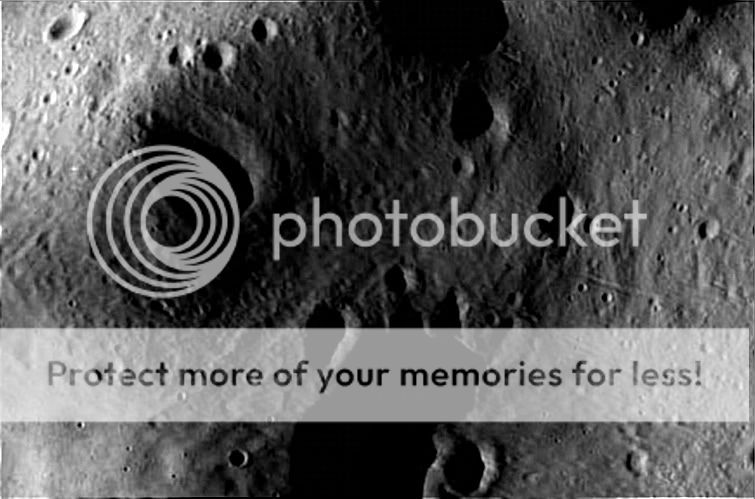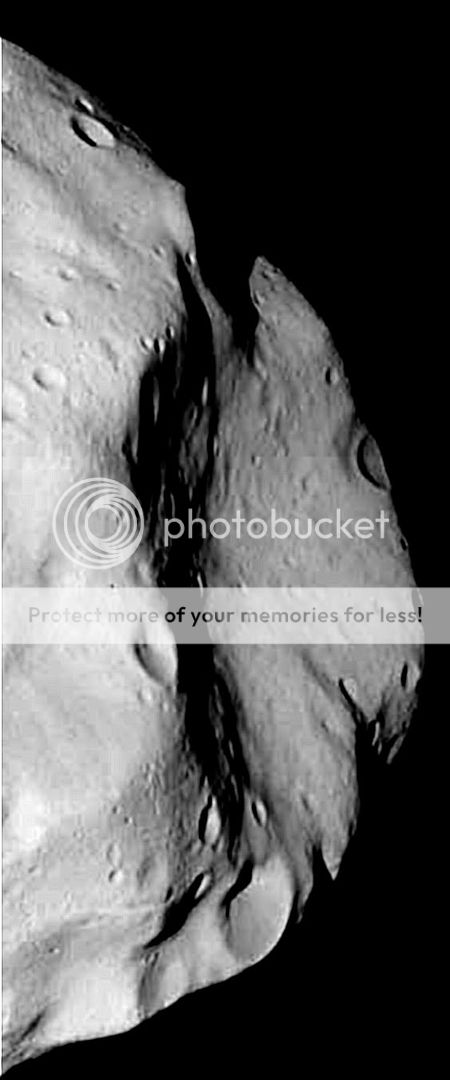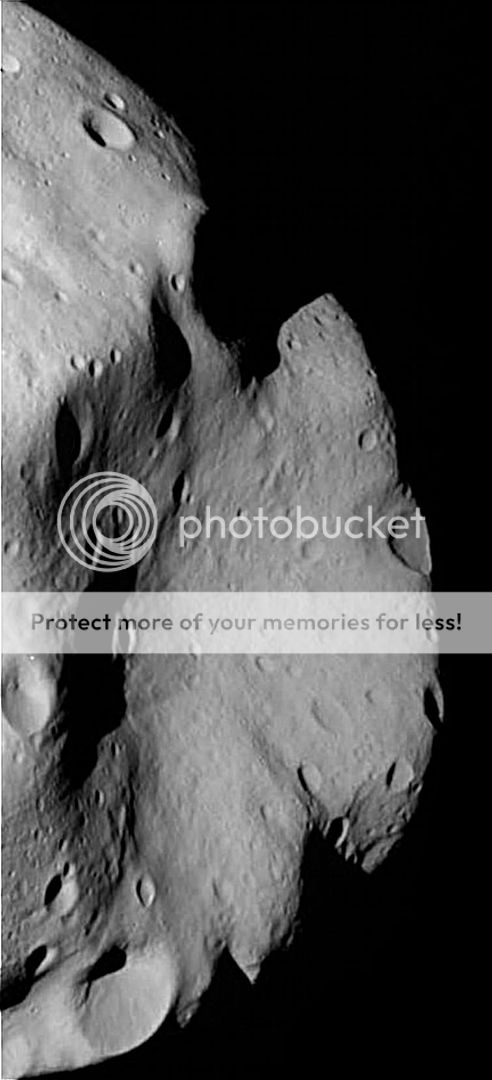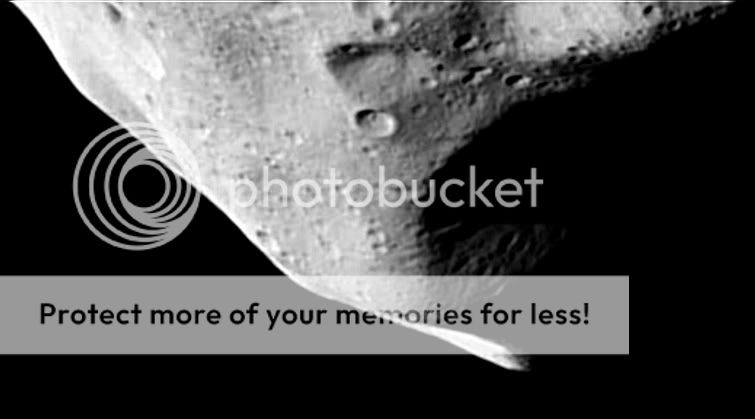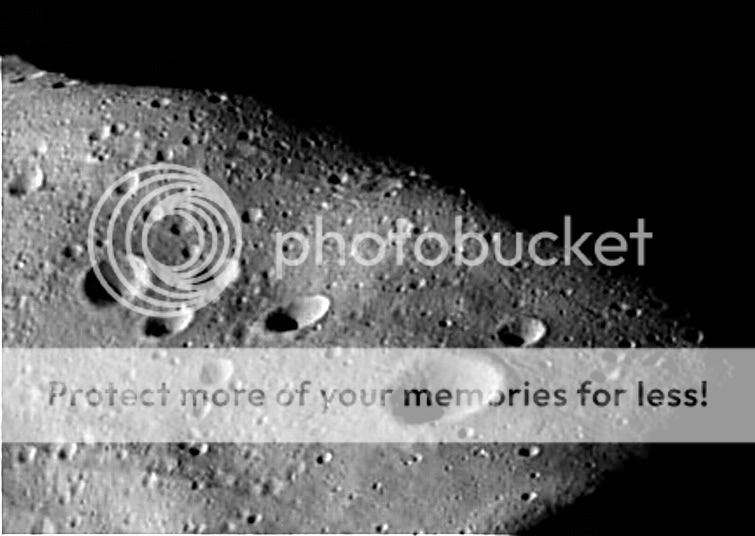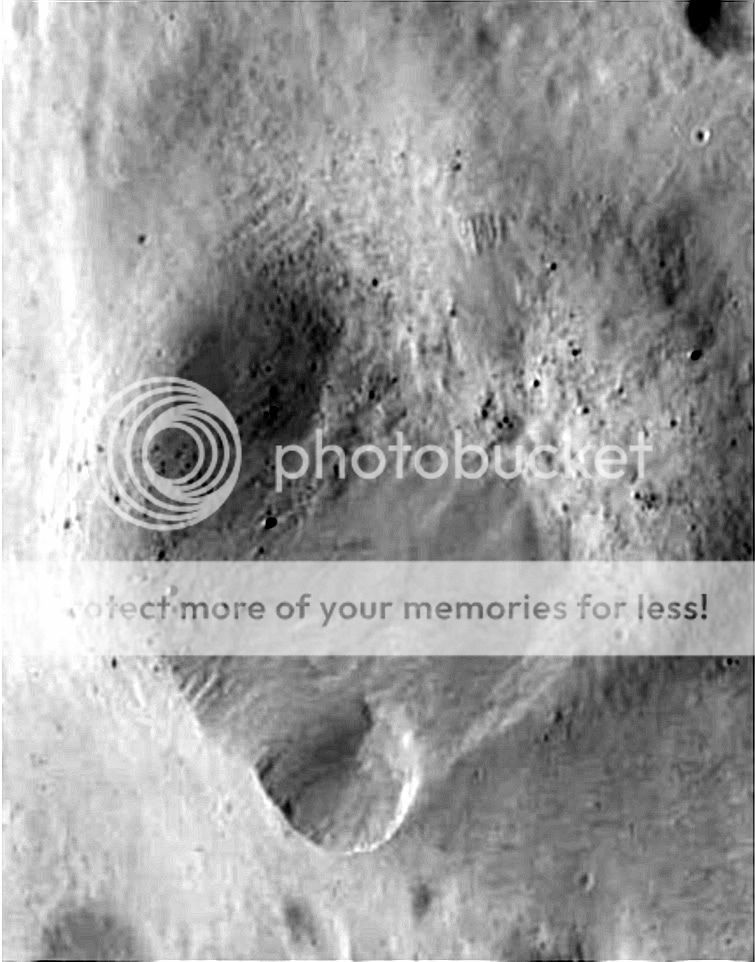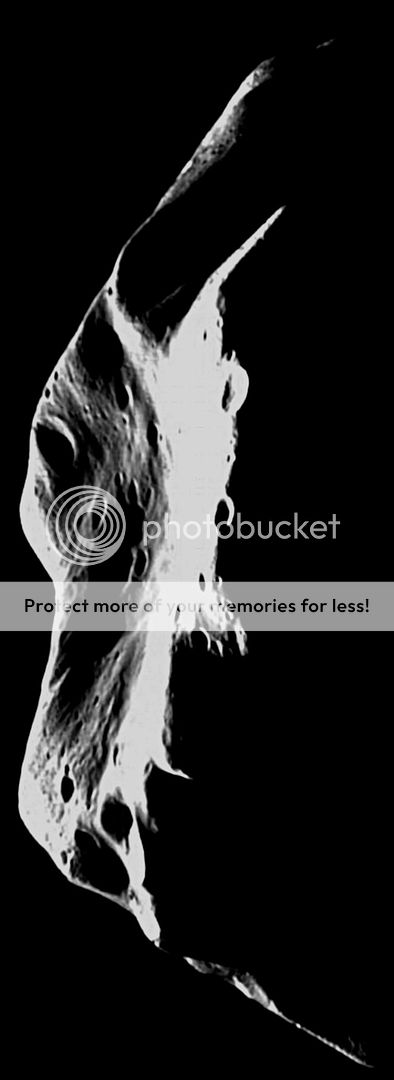Re: Asteroid 21 Lutetia (ESA Rosetta Encounter).
http://sci.esa.int/science-e/www/object ... ctid=47389
Rosetta flyby of asteroid (21) Lutetia
Euoprean Space Agency
July 9, 2010
Discovered in Paris by Hermann Goldschmidt in November 1852, asteroid
(21) Lutetia has been a cosmic riddle for astronomers. In an attempt to
pin down its properties once and for all, ESA's Rosetta spacecraft will
fly past Lutetia within an estimated distance of close to 3170 km, at a
relative speed of 15 km/s on 10 July 2010 at approximately 15:45 UT
(spacecraft event time), 18:10 CEST (ground event time).
Follow the flyby live via the webcast
http://www.livestream.com/eurospaceagency
from ESA/ESOC: 10 July 2010
starting at 18:00 CEST.
Frequent updates on activities leading up to the flyby can be found on
the Rosetta blog <http://webservices.esa.int/blog/blog/5/page/1>.
Details of the spacecraft preparations leading up to the flyby,
including images of Lutetia acquired during the navigation campaign, can
be found in the status reports
http://sci.esa.int/science-e/www/object ... 1523&far...
This asteroid flyby will address a number of open questions about
Lutetia; in particular, the observations and measurements obtained by
instruments on board Rosetta will:
* Attempt to settle the ongoing debate as to the asteroid's true
composition. In particular to ascertain if it is a C-type or
M-type asteroid.
* Determine the mass and density of the asteroid with unprecedented
precision.
* Search for an exosphere around the asteroid and determine its
composition.
* Provide ground-truth for the better calibration of existing
observations obtained by ground-based telescopes.
* Test out the scientific instruments on board Rosetta as it
continues to travel to its final destination: comet
67P/Churyumov-Gerasimenko.
* Carry out a close-up study of a primitive building block of the
Solar System, with the intention of using it to decode how our
solar neighbourhood formed.
Situated in the main asteroid belt and with estimated dimensions of 132
x 101 x 76 km (see Belaskaya et al., [2010]), asteroid (21) Lutetia has
been subjected to intense ground-based scrutiny since it was announced
as a target for Rosetta in 2004. Initial observations recorded a high
albedo, suggesting a high metallic content, and led to the body being
classified as an M-type asteroid (see Bowell et al., [1978]). Should
(21) Lutetia indeed turn out to be M-type, the Rosetta flyby would be
the first close encounter of a spacecraft with this class of asteroid.
However, Lutetia's true nature has always been far from clear-cut. One
difficulty in unambiguously classifying Lutetia is the lack of clear
features in the spectrum of this asteroid. Recent visual spectroscopic
studies, reported in Belaskaya et al., and Perna et al., have noted
different spectral slopes at different rotation phases. This has been
interpreted as arising from inhomogeneities in the asteroid's make up,
perhaps caused by local differences in mineralogical or chemical content
of the surface.
Some researchers have suggested the closest analogue to Lutetia's
surface is a type of carbonaceous chondrite meteorite (see Barucci et
al.). When Lutetia was at opposition in 2008/2009 the opportunity was
taken to test this theory further. A team of researchers used the VLT
and Keck telescopes to estimate Lutetia's bulk density, finding it to be
in the range 3.98 to 5.00 g cm^-3 , depending on the model that is
adopted. Although no precise value could be determined this range of
density would support a carbonaceous composition (see Drummond et al.,
[2010]).
The ground-based observations in preparation for the flyby have also
allowed astronomers to construct Lutetia's light curve. Most asteroids
tend to be irregularly shaped and therefore different amounts of
sunlight are reflected towards the Earth as they rotate. Hence the ratio
between the three major axes defining the asteroid as well as its
rotational properties can be determined from measuring how this
reflected light changes with time. Assuming a certain reflectivity
(albedo) the dimensions of the asteroid can also be estimated. Knowing,
from this preparatory work, that Lutetia rotates with a period close to
8.17 hours was of great help in planning the scientific measurements for
the flyby.
The encounter of Rosetta with asteroid (21) Lutetia is key to
understanding the true nature of this puzzling member of the main
asteroid belt. Only with the close inspection that is possible with a
flyby can the riddles of Lutetia be solved, as this provides the
opportunity to measure and analyse many of the asteroid's properties
including its shape, density, composition and surface topography. The
instruments on board Rosetta have been designed specifically for such
tasks and will be able to provide the answers that are sought.
The flyby at Lutetia will be the second time Rosetta has studied an
asteroid up-close. In 2008 the spacecraft flew past asteroid (2867)
Steins at a distance of just 802.6 km, only 2.6 km further out than
baselined. However, these two asteroids are just stepping stones on the
journey to Rosetta's ultimate goal, the rendezvous with comet
67P/Churyumov-Gerasimenko, scheduled for 2014. The Rosetta team hopes
that with this rendezvous they can decipher the enigmas of the formation
of our Solar System, just as its namesake helped unscramble ancient
Egyptian hieroglyphics.
Orbital and physical characteristics of asteroid (21) Lutetia
based on pre-Rosetta observations
Semimajor axis, a (AU) 2.44*
Orbital eccentricity, e 0.16*
Orbital period (y) 3.8*
Inclination (deg) 3.07*
Dimensions (km) 132 x 101 x 76 (From Drummond et al., 2010)
Taxonomic type C or M
Sidereal rotation period (h) 8.168270 (from Carry et al., 2010)
Albedo 0.1-0.22 (estimates vary according to the technique used; see
Belskaya et al., 2010)
Source: IAU Minor Planet Center
http://www.cfa.harvard.edu/iau/Ephemeri ... 00021.html


